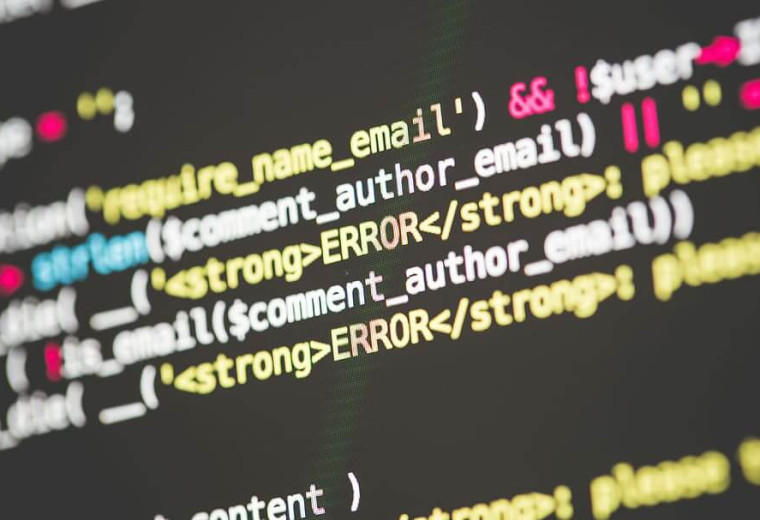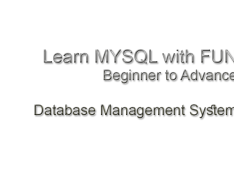Overview: In this blog post, we can learn how to resolve errors effectively. From class not found exceptions to database connection errors, explore practical troubleshooting solutions.
Popular PHP web application framework Laravel is renowned for its beautiful syntax and powerful functionality.Since its debut in 2011, the open-source PHP framework Laravel has transformed web development.Laravel has swiftly emerged as a go-to option for developing cutting-edge, dependable online apps because to its clean syntax, strong features, and active community.It's simple to produce readable, maintainable code using Laravel's organized and expressive syntax.
With its modular architecture, developers can quickly build apps while yet ensuring scalability and maintainability as projects change.Rather of dealing with tedious, repetitive chores, developers can concentrate on creating creative features using Laravel.
Laravel's integrated error handling features come to the aid when problems occur.Common mistakes can happen during Laravel development, just like they can in any software development project.
Let's examine some of the typical mistakes made by Laravel in further detail and offer more thorough justifications and fixes:
1. Class Not Found Exception:
- Explanation: This error occurs when Laravel cannot find a class you're trying to use. It's often due to issues with namespaces or incorrect file paths.
- Solution: Make sure you have imported or included the class using the correct namespace. Also, ensure that the class exists and is in the right directory.
2. Route Not Found:
- Explanation: A "404 Not Found" error happens when the URL you're trying to access doesn't match any of the defined routes in your Laravel application.
- Solution: Double-check your routes defined in `routes/web.php` or `routes/api.php`. Ensure the URL you're accessing corresponds to a defined route.
3. Database Connection Errors:
- Explanation: Issues with the database connection can occur due to incorrect configuration settings in your `.env` file or the `config/database.php` file.
- Solution: Verify your database credentials (DB_HOST, DB_PORT, DB_DATABASE, DB_USERNAME, and DB_PASSWORD) in the `.env` file. Ensure that your database server is running.
4. Undefined Variable:
- Explanation: This error occurs when you use a variable that hasn't been defined in the current scope, often in Blade templates.
- Solution: Ensure that you've declared the variable before using it or pass it from the controller to the view using `compact` or `with` methods.
5. Method Not Allowed:
- Explanation: A "405 Method Not Allowed" error happens when you use an HTTP method that a route doesn't support. For example, trying to use POST on a GET-only route.
- Solution: Check your route definitions to ensure they match the HTTP verbs you're using. If you need to change the HTTP method, update the route accordingly.
6. TokenMismatchException:
- Explanation: This error occurs when the CSRF token in your form doesn't match what Laravel expects.
- Solution: Include the `@csrf` directive in your form to generate and validate CSRF tokens automatically. Ensure that your form submission includes the CSRF token.
7. Model Not Found:
- Explanation: If you're using Eloquent and encounter a "Model not found" error, it could be due to incorrect model names or table names in your models.
- Solution: Verify that your model class names match their file names and that the table names specified in the models correspond to the actual database table names.
8. Validation Errors:
- Explanation: Validation errors occur when user input doesn't meet the defined validation rules.
- Solution: Review your validation rules in your controllers or requests. Ensure you display validation errors in your views using `@error` and `@enderror` directives.
9. Middleware Issues:
- Explanation: Problems with custom middleware can occur if they're not registered correctly or applied to the right routes.
- Solution: Register your custom middleware in `App\Http\Kernel.php` and apply it to the appropriate routes or groups using the `middleware` method.
10. Composer Autoload Issues:
- Explanation: Composer is responsible for managing dependencies in Laravel. Issues may arise from missing or outdated packages.
- Solution: Run `composer install` or `composer update` to ensure your project's dependencies are installed and up to date.
Conclusion
Remember that debugging in Laravel often involves checking logs (`storage/logs/laravel.log`), using `dd()` (die and dump) statements, and utilizing Laravel's built-in debugging tools to pinpoint the exact location and cause of errors. It's important to carefully read error messages that mention to Laravel's documentation. Also can use debugging tools like Laravel's built-in error handling, log files, and debugging packages to identify the problems and rectify them.








Leave a Comment